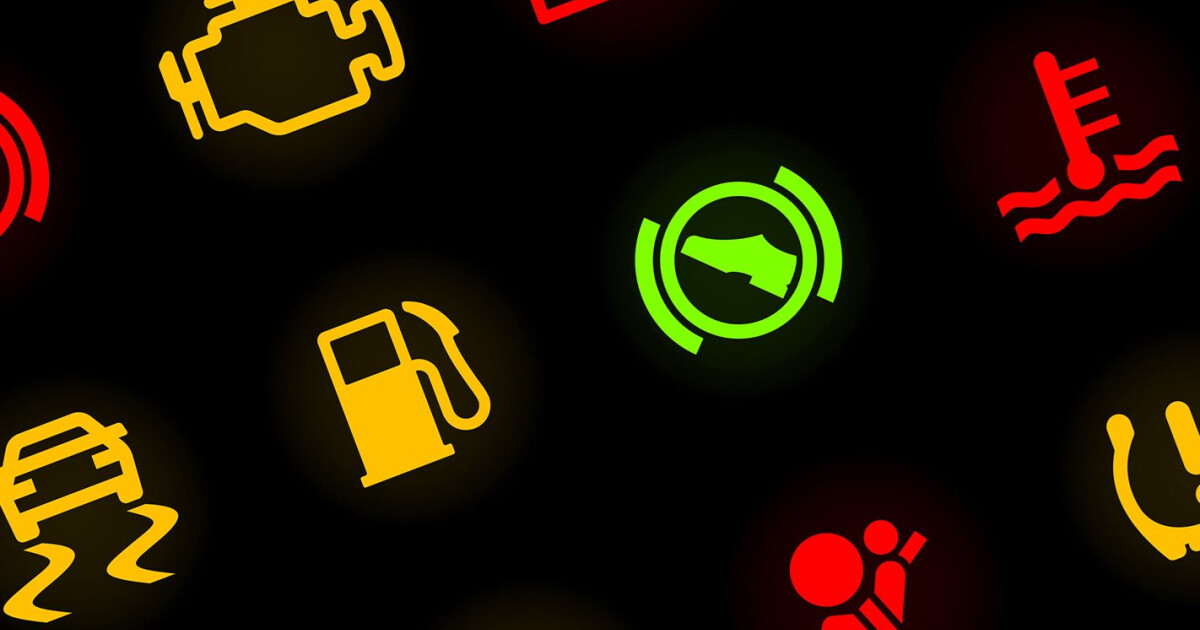Modern vehicles are equipped with advanced systems that monitor various components and provide error messages to alert drivers of potential issues. Understanding these error messages can help you take appropriate action and ensure the safety and performance of your vehicle. In this article, we will discuss ten common car error messages and provide guidance on how to handle each one.
- Handbrake Warning:
The handbrake warning light indicates that the handbrake is engaged or not fully released. To resolve this error, ensure that the handbrake is fully disengaged. If the warning persists, there may be a faulty sensor or wiring issue. Consult a professional mechanic to diagnose and repair the problem. - Engine Temperature Warning:
The engine temperature warning light signifies that the engine is overheating. Safely pull over to a safe location, turn off the engine, and allow it to cool down. Check the coolant level and add coolant if necessary. Inspect for any coolant leaks or radiator blockages. If the problem persists, consult a mechanic to avoid potential engine damage. - Brake System Problem Warning:
The brake system problem warning light indicates an issue with the braking system. First, check the brake fluid level. If it’s low, add the recommended brake fluid. If the warning persists, it may indicate a brake pad or rotor issue. Seek immediate assistance from a professional mechanic to inspect and repair the braking system. - Engine Error Warning:
The engine error warning light, often represented by the “Check Engine” light, indicates a problem with the engine. It could be triggered by various factors, such as a loose gas cap, faulty sensors, or more significant engine issues. Visit a mechanic to diagnose the specific problem using an OBD-II scanner and address any necessary repairs. - Low Oil Pressure:
The low oil pressure warning light indicates insufficient oil pressure in the engine. Pull over to a safe location and check the oil level using the dipstick. If it’s low, add the recommended oil. If the warning persists or the oil level is normal, it may indicate a faulty oil pump or other oil-related issues. Seek professional assistance to avoid potential engine damage. - Adaptive Headlights Temporarily Not Working:
If you receive an error message stating that the adaptive headlights are temporarily not working, it means the system that adjusts the headlight direction based on steering input is disabled. Though regular headlights will still function, consult a professional technician to diagnose and resolve the issue for optimal visibility and safety. - Battery Warning:
The battery warning light indicates an issue with the charging system or a weak battery. Check the battery connections for cleanliness and tightness. If the connections are fine, it may indicate a faulty alternator or battery. Visit a mechanic to test the charging system and replace the battery or alternator if necessary. - Soot Filter Error Message:
A soot filter error message, typically related to the Diesel Particulate Filter (DPF), suggests an issue with the emissions system. Follow the manufacturer’s recommendations for driving conditions that allow the DPF to regenerate. If the error persists, consult a professional mechanic to assess the DPF’s condition and perform the necessary cleaning or replacement. - Airbag Fault Report:
An airbag fault report indicates a problem with the airbag system. Ensure that all occupants wear seat belts, as they work in conjunction with airbags for safety. Visit a professional mechanic to diagnose and repair the issue, as airbags require specialized knowledge and handling. - Coolant Warning:
The coolant warning light signifies low coolant level or overheating. Check the coolant level when the engine is cool and add coolant if needed. If the warning persists, there may be a coolant leak or other cooling system problems. Consult a mechanic for thorough inspection and repairs to prevent engine damage.
Conclusion:
Car error messages can provide valuable insights into potential issues with your vehicle. It’s crucial to address these warnings promptly and take appropriate action to ensure safety and prevent further damage. While basic troubleshooting may be possible for some errors, it’s advisable to consult a professional mechanic for accurate diagnosis and repairs. Remember, regular vehicle maintenance and prompt attention to error messages contribute to a safe and reliable driving experience.
